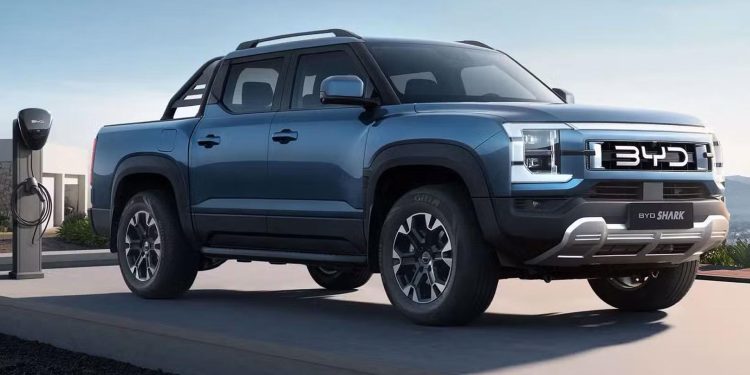BYD Shark plug-in ute revealed
The BYD Shark, which will be seen in New Zealand at Fieldays soon, has been revealed to the world.
A plug-in hybrid ute
Shark uses a 1.5-litre turbocharged petrol engine making 170kW and 310Nm. It is paired with two electric motors, one for each axle. When their powers combine, BYD claims an output of more than 316kW. And it’s quick too with a 0 to 100 time of 5.7 seconds in hybrid mode. That’s about as fast as a V6TT-powered Ranger Raptor. Most of the four cylinder diesel utes run to 100km/h around the 10 second mark.
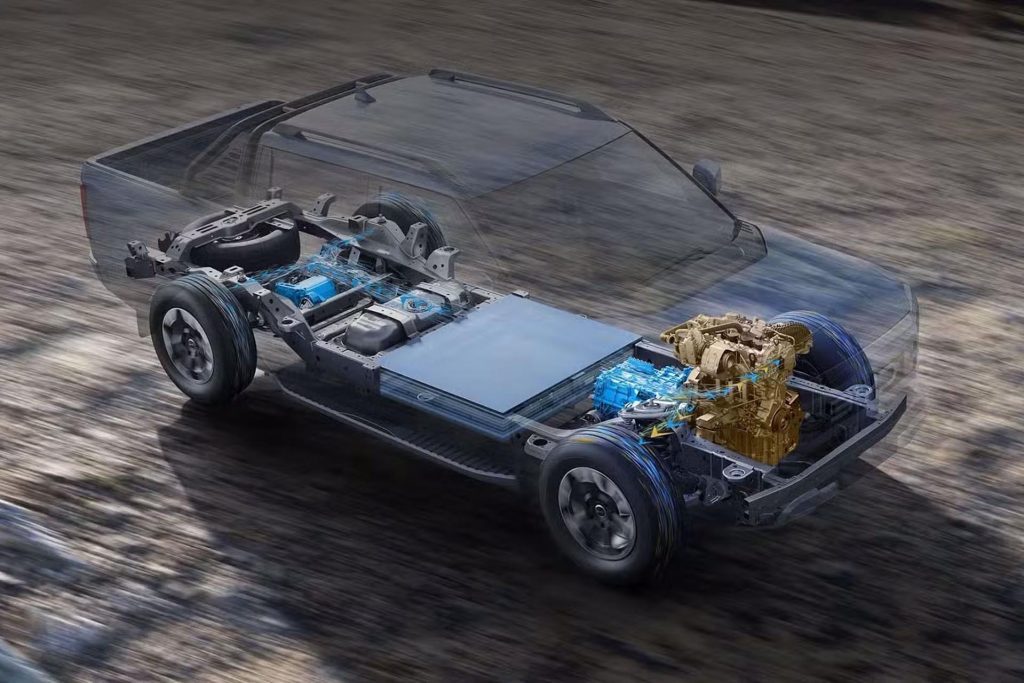
What about the BYD Shark’s fuel consumption?
Claims for the plug-in hybrid powertrain include a consumption figure of 7.5L/100km in hybrid mode. Overall consumption is said to be 1.5L/100km during lab testing with a full battery. Expect that 7.5 figure to be a more accurate, real world number.
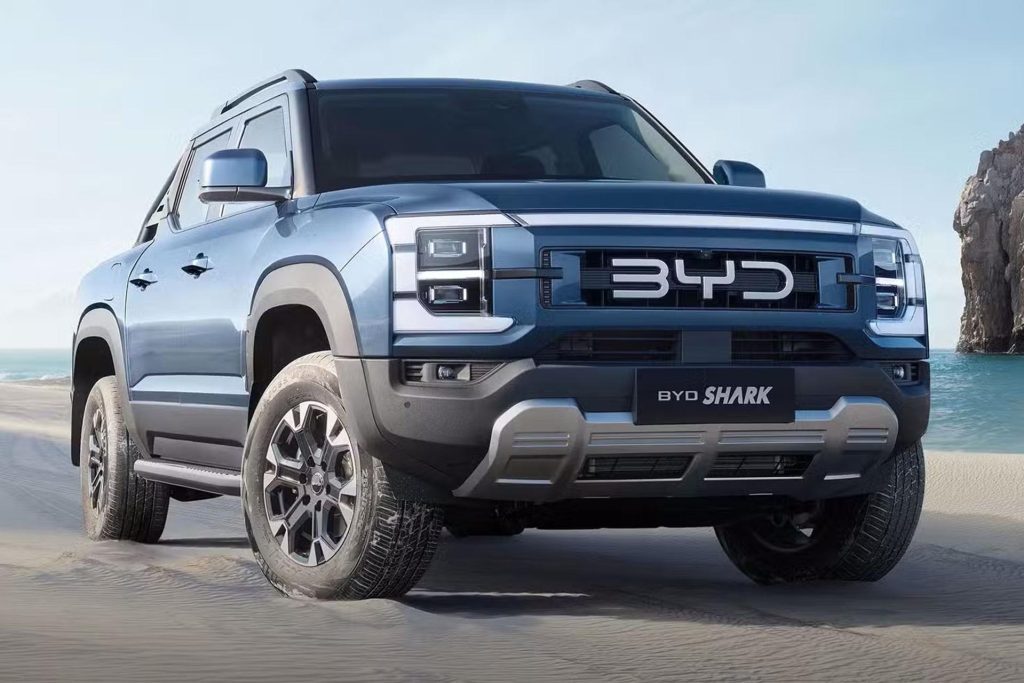
There’s up to 100km of electric range available thanks to its 30kWh Blade battery pack. This can be recharged with DC (40kW) and there is vehicle-to-load functionality.
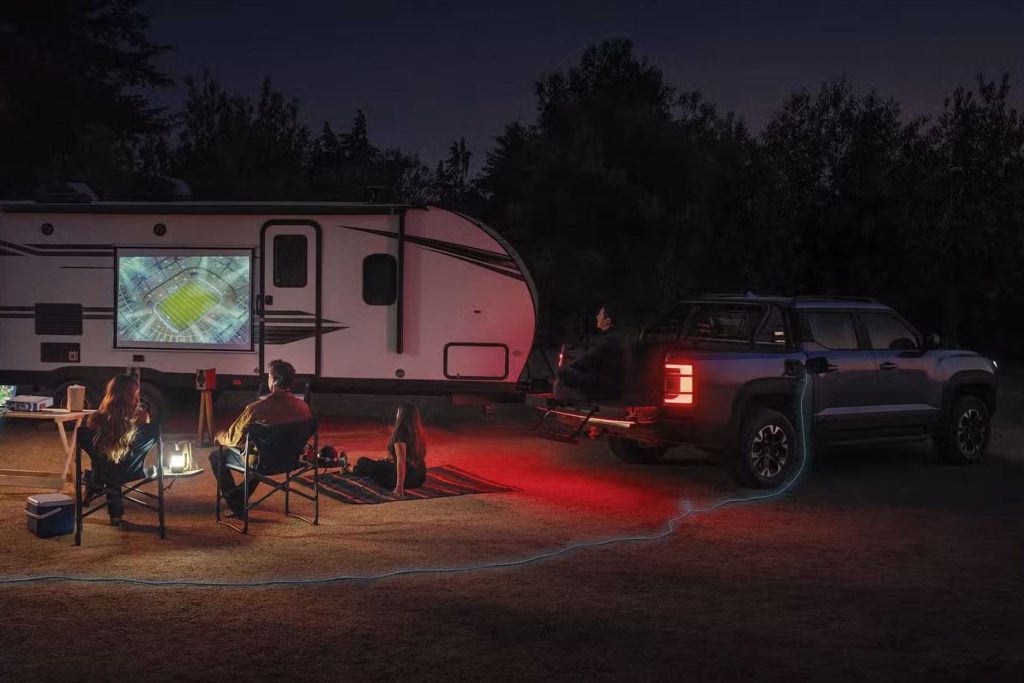
Will it be capable but?
All-wheel drive is achieved thanks to the electric motor on the rear while the petrol engine is only connected to the front axle. BYD says the torque split is variable and there are Terrain modes for the traction control system including Snow, Mud and Sand. Ground clearance is stated at 282mm.
How much can the BYD Shark tow?
It has a towing capacity of 2500kg, which is a thousand kilos less than the rest.
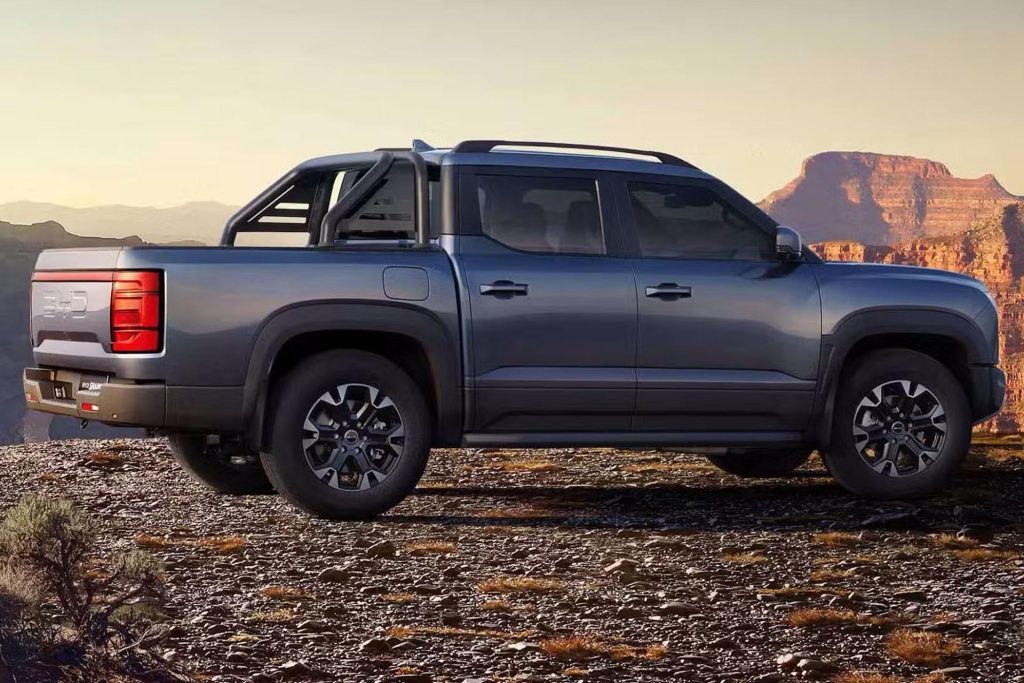
That’s likely to do with its independent rear suspension, where most utes have a solid axle and leaf springs. Payload is stated at 835kg and the tray volume is quoted at 1450L.
How big is the Shark?
Rather large, measuring 5457mm long, 1971mm wide and 1925mm tall. That makes it longer, wider and taller than a Ranger. Shark has a wheelbase of 3260mm.
Premium looking inside
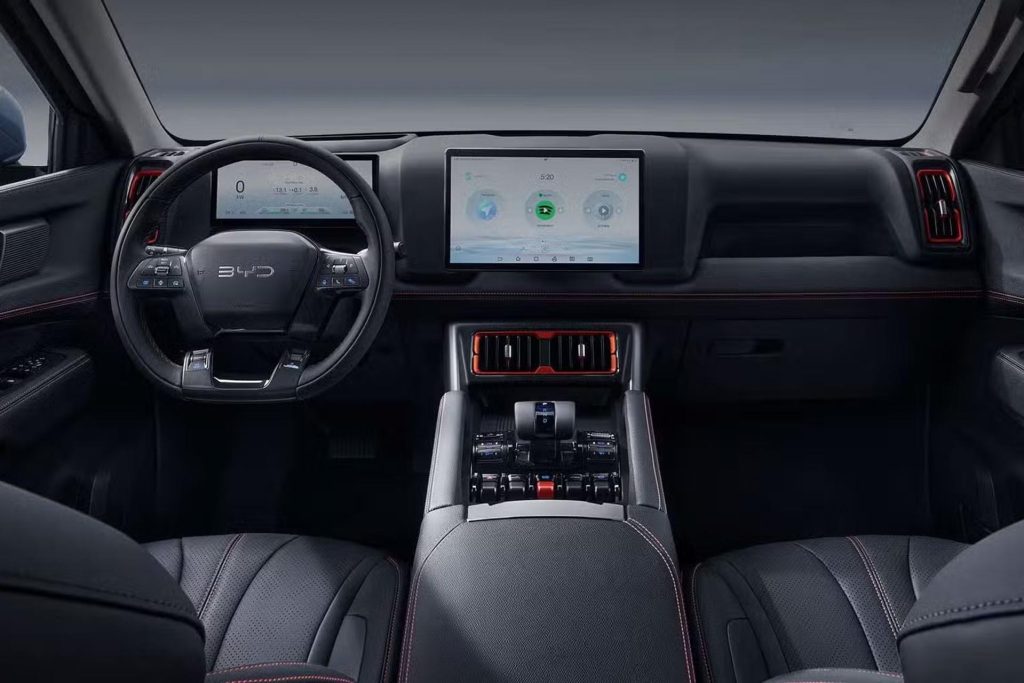
The cabin has BYD’s rotating 12.8-inch infotainment touch screen. This supports CarPlay and Android Auto while there is a range of apps in built, including Spotify and sat nav. Other features include a wireless phone charger, 360 degree surround view camera and a head up display. There is also BYD’s smartphone app for remote starting, locking, cabin conditioning etc.
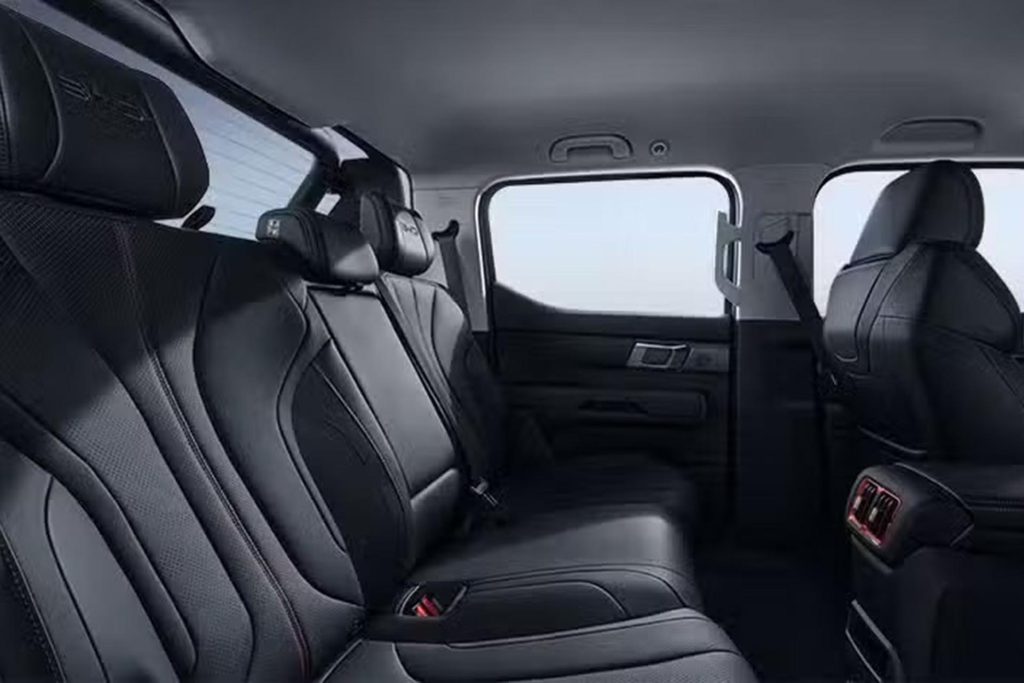
A fully electric version is expected next year.


